Ramen is a dish synonymous with Japanese cuisine and is a dish rich in history and significance for Japan. It consists of wheat noodles in a broth, usually adorned with a variety of meats or vegetables, with either soy sauce or miso mixed in.
Different regions of Japan have different interpretations of ramen, meaning that no matter where you visit Japan, you’ll have a unique ramen experience.
It’s suspected by some that ramen came to Japan as early as the 1600s, but more people believe this is just an error in the history of how ramen arrived in Japan.
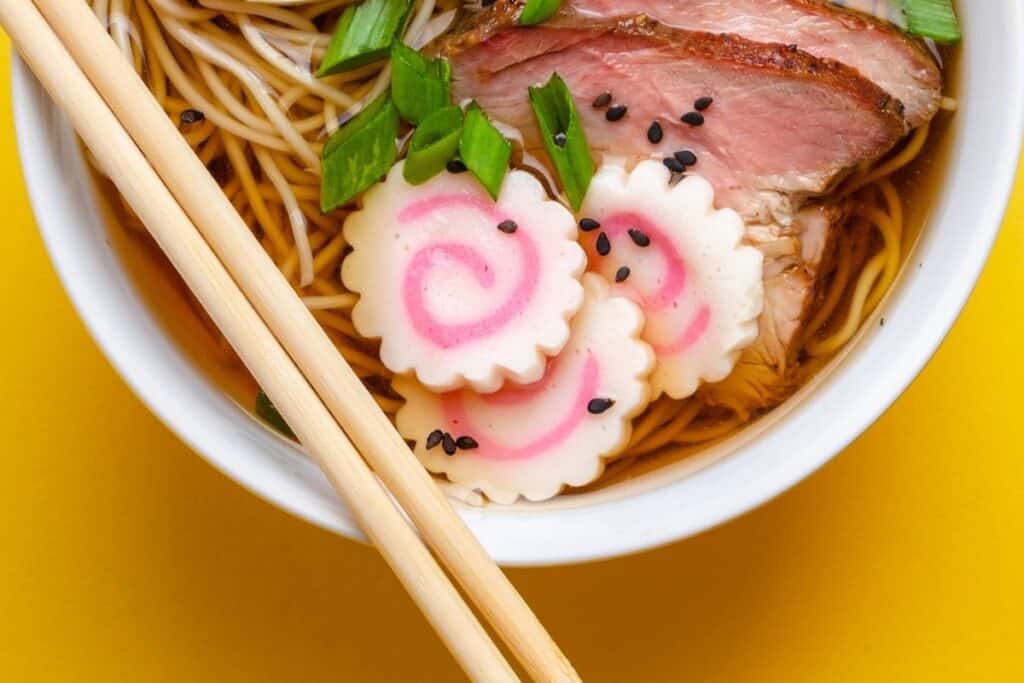
It’s more believable that ramen came to Japan in the 19th or 20th century thanks to Chinese immigrants. Japan has put its own spin on the famous dish, and it is so popular in Japan, there are even museums dedicated to the history of the dish.
Japan is a country of constant evolution and innovation, but that doesn’t mean efforts to preserve the gems that have stood the test of time go by the wayside.
Japan honors tradition, and they also hold their cuisine in high esteem. While they didn’t technically invent ramen, they definitely perfected it over time. Of course, there is no authentic ramen experience quite like eating it in Japan.
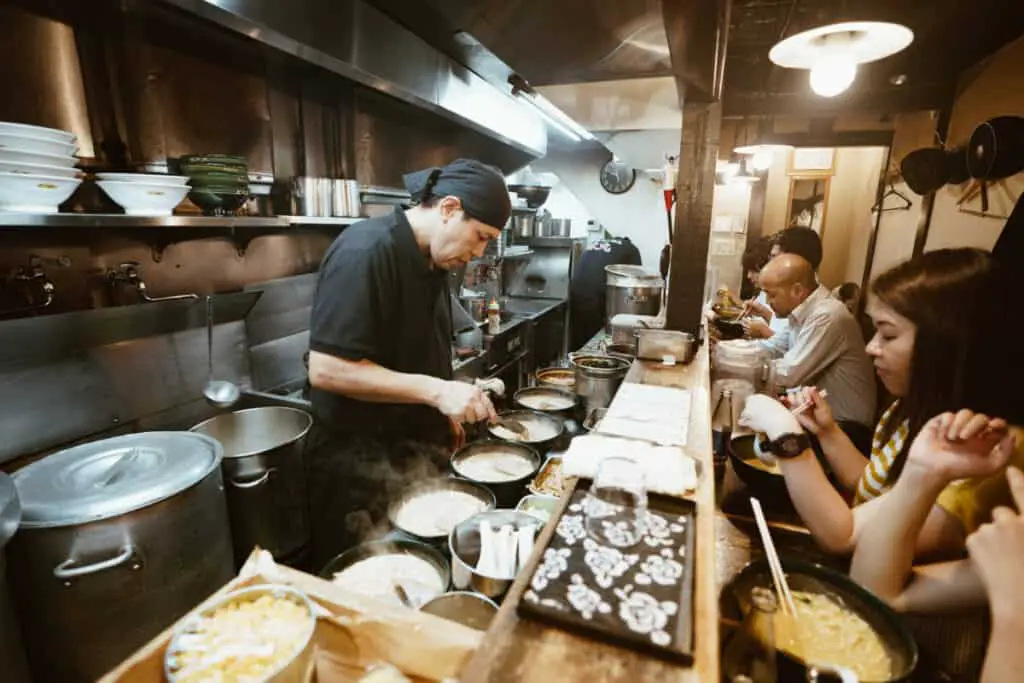
Going to one of the original ramen restaurants in Japan is the best way to get that nostalgic experience. With ramen’s place in Japanese culture, visiting authentic ramen shops when in Japan is a must for any tourist.
While visiting Tokyo, you can marvel at some of the oldest ramen shops that are still operating today after so many decades and almost a hundred years of continuous operation at one shop.
What Exactly Is Authentic Ramen?
So many around the world have a misunderstanding about what true, authentic Japanese ramen is. This is due to the popularity of ramen coming in packets of dried noodles with powdered seasonings. While this is delicious in its own right, this is nothing close to what true Japanese ramen is.
There is also a common misconception that any Asian dish with noodles and broth can be considered ramen. This is also incorrect. In order for a dish to be considered real ramen, there are important components that need to be a part of the dish.
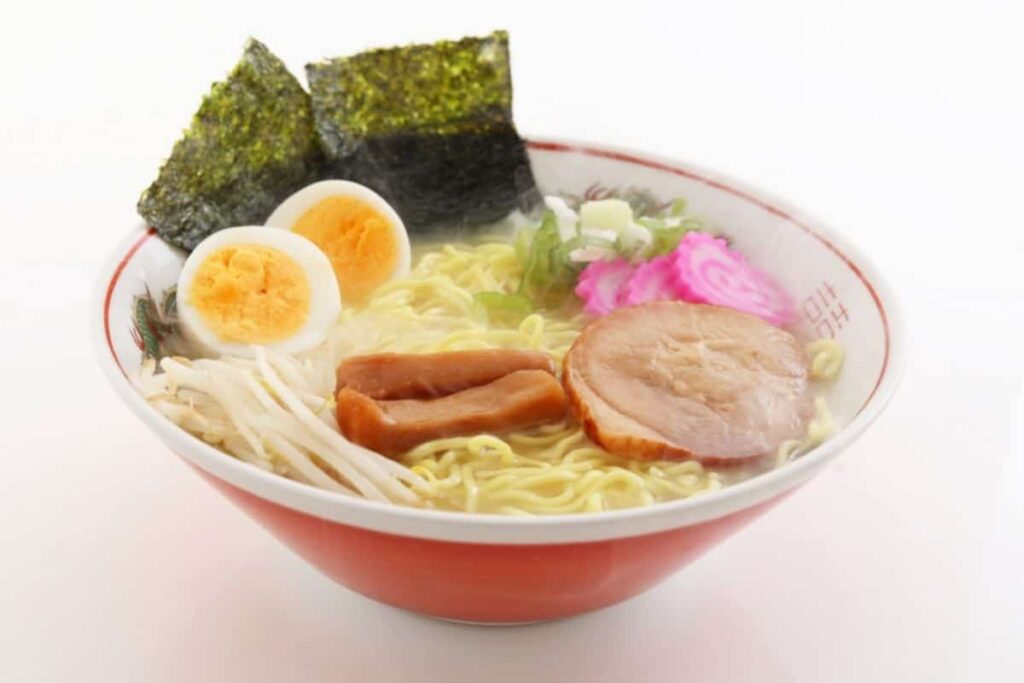
In order to create a true ramen dish, there needs to be a soup or broth, noodles, tare sauce, oil or fat, and toppings.
The type of noodles used are very specific and are called kansui. All of these components need to come together in a balanced way in order for the dish to be ramen.
While these traditional components are necessary, there have been a lot of variations of ramen made by these authentic, long-standing ramen shops over the years to keep things new and interesting.
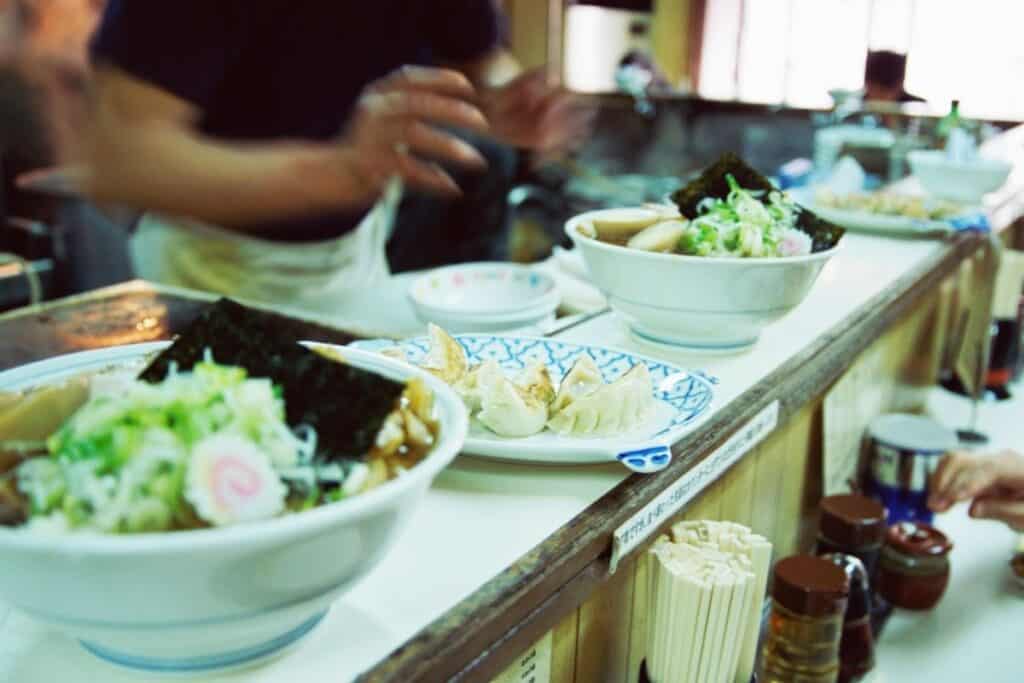
The innovation mixed with the traditional recipes passed down through generations is one of the many aspects luring patrons into these old ramen shops.
Kusamura – 1950
The Kusamara ramen shop was opened by Matsuo Kusamara in 1950. Matsuo was the son of Shigekatsu Kusamara, a farmer who came to Tokyo in the 1940s and started a noodle shop called Kusamara Shoten. Throughout the years, the shop has stayed in the family, adding to the nostalgic factor this shop radiates.
Shigekatsu’s other son, Kenji Kusamara, opened up another ramen shop that is still well-known today called Eifukucho Taishoken, a few years after Kusamara. His son’s shop is a little more modern and serves very large portions of ramen.
Kusamura Ramen Shop Via Tripadvisor
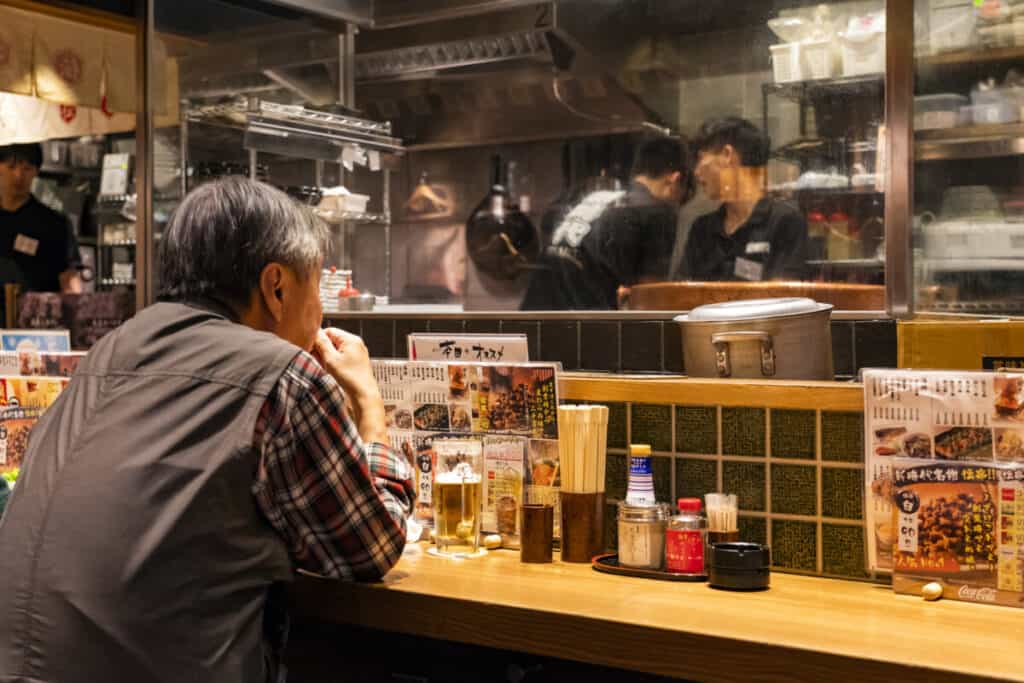
Even though the Kusamara shop has been open since the 1950s, they have not changed their aesthetic or decor since that time. They have stayed true to their origins, much to the delight of those interested in experiencing the history of ramen in modern times.
Some of what is served at Kusamura includes their Kusamara Shoten noodles mixed with a katsuo rich shoyu soup.
It’s not confirmed, but the pot they use to make their current ramen looks to have been passed down through generations. They also serve gyoza dumplings made in-house.
Raishuken – 1910
Before Raishuken was the famous ramen shop it is today, it started as a noodle company in 1910. After opening a Chinese restaurant in the 1920s, the company continued to open up various restaurants throughout Tokyo.
However, the Raishuken company decided to venture into the ramen scene in 1950. The Asakusa branch of the company oversaw this endeavor, and it has since become a popular destination for tourists, locals, and even celebrities.
Raishuken Ramen Shop Via 5AM Ramen
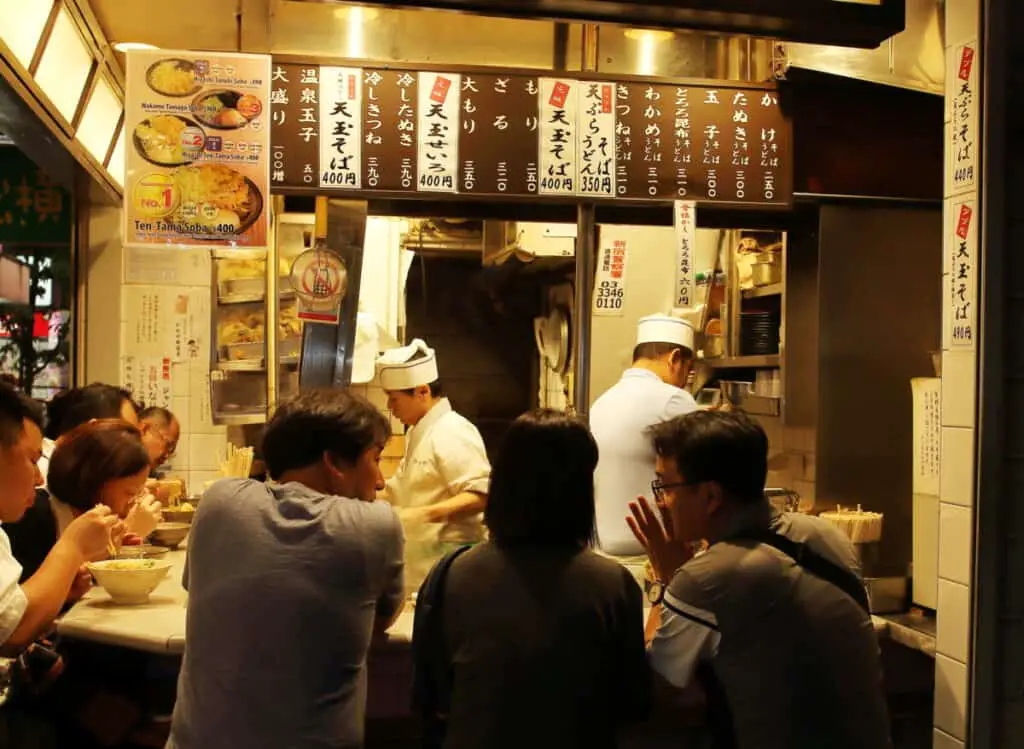
Raishuken has maintained much of its 1950s charm even today, as they haven’t bothered to change much of the decor. The walls are plastered with photos and autographs of various celebrities that have dined at the establishment. It has a timely rustic charm that many visitors admire.
One of the dishes that continuously draws patrons in is their dark shoyu ramen. This dish consists of noodles that are yellow and curly, sliced chashu, and a naruto fish cake.
On top of their delicious interpretation of classic ramen, they also serve other popular, authentic Japanese and Chinese dishes.
Harukiya – 1931
The Harukiya ramen shop is one of the oldest in Japan. The shop itself actually started as a soba shop in 1931, and it was opened by Harukiya Honten. They later added ramen to their menu and continue to serve their delicious versions of ramen today.
The ramen served today is still very reminiscent of the recipe used all those years ago. However, they also sprinkle in new versions of ramen and have gone through several different recipes over the years.
For many ramen enthusiasts, this is the shop they choose to visit quite often.
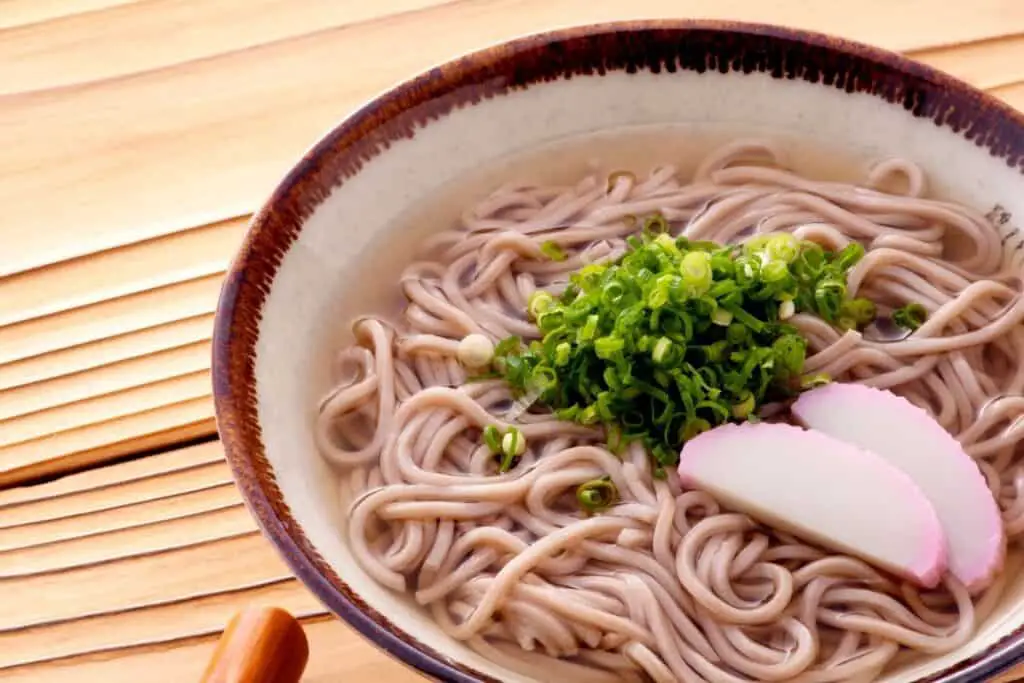
The original building is still standing today, though it has seen devastation in its time, and thus, it has had to be partially rebuilt. In order to help recover from the Second World War, Itsuo Imamura, the brother of one of the original masters, started his own ramen stall nearby.
Here, he perfected a recipe of soup using niboshi, shoyu, and vegetables. This soup can still be bought at Harukiya.
Their authentic ramen noodles are hand-kneaded every morning, leading to one of the many reasons so many patrons have stayed loyal to Harukiya over the years.
The shop is intimate and you are able to see the preperation of the ramen if you sit at the bar tables near the kitchen. Ramen is served in minimalist, beautifully decorated bowls.
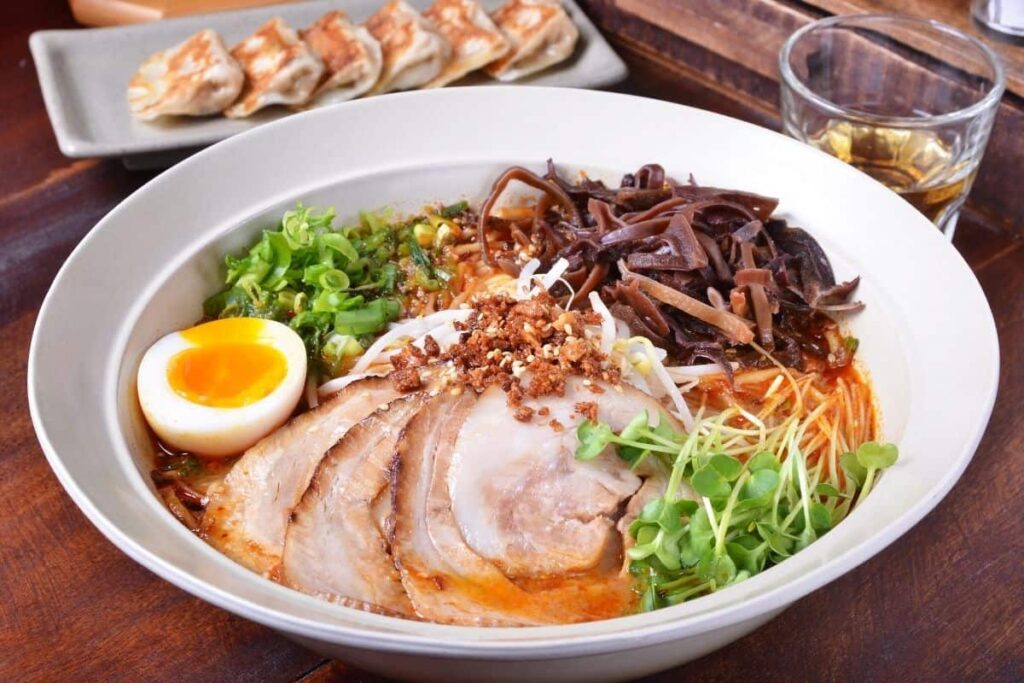
On top of the delicious shoyu ramen adapted from ancient recipes available at Harukiya, you can also enjoy traditional soba noodle dishes that helped establish Harukiya as a restaurant worth traveling to.
They also opened another shop that has stood in place for decades as well, serving a similar menu.
Sairaiken – 1955
If you’re looking to enjoy a hot bowl of ramen away from the hustle and bustle of Tokyo’s busy streets, you’ll want to go to Sairaiken, nestled in the small residential area of Yoga. They have been serving fresh, delicious ramen with perfect ingredients since 1955.
Many things draw patrons to Sairaiken apart from how tasty their ramen is. Part of its allure is attributed to the friendly atmosphere created by the owners, who are all family. The shop is quite small, so it can get packed pretty easily.
Sairaiken Location Via Google Maps

You can enjoy either shoyu or shio ramen, which translates to either soy sauce ramen or salt ramen, which are both excellent choices.
Their ramen bowls are always arranged beautifully so you are able to be amazed by the myriad of the combination of ingredients before indulging in your first ramen meal here.
Marucho – 1947
Marucho has been a staple of Tokyo since 1947. It was opened by five soba masters who traveled to Tokyo from the Nagano Prefecture, looking to serve up Japanese cuisine to help get them through the post-war era.
One of the dishes that Marucho innovated was a dish made from taking leftover noodles and submerging them in ramen soup, but in a more concentrated form, and this dish is now known as tsukemen.
Many other shops at the time took this dish and made it their own as well.
Marucho Ramen Shop Location Via Google Maps
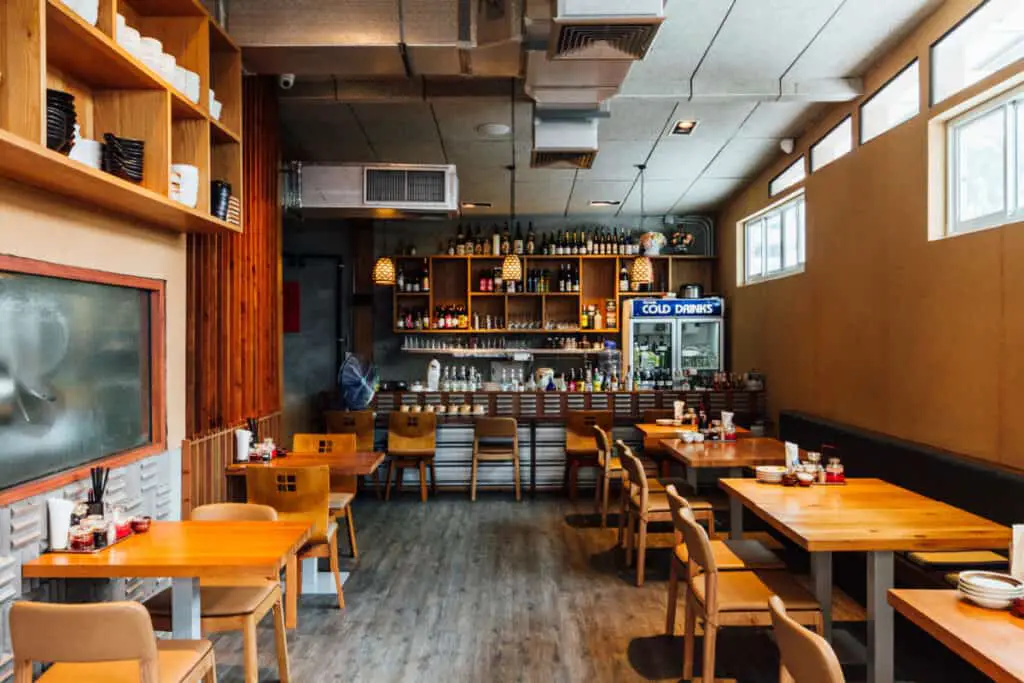
The son of one of the five soba masters who opened the first Marucho ramen shop is now running the first location. There are other Marucho ramen shops that have opened since.
They are also still known for their dipping ramen, or tsukemen, which is considered a must-try dish when dining at Marucho.
They serve noodles in one bowl, broth in another bowl, and typically other toppings in a separate bowl.
The Experience Of Owning And Operating A Ramen Shop In Japan










